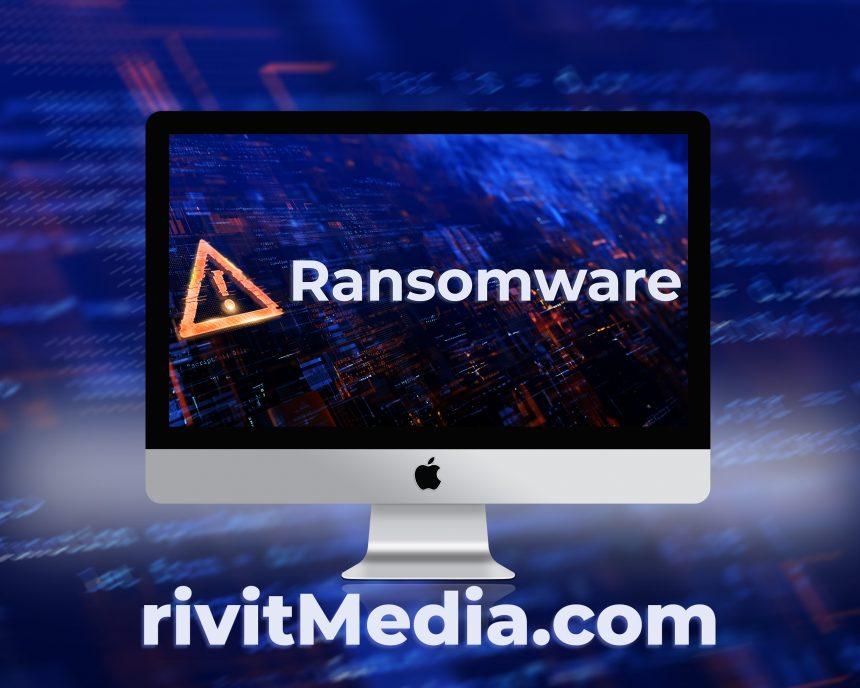In the ever-evolving landscape of cybersecurity, the Karsovrop ransomware stands as a formidable threat, specifically targeting Windows operating systems. Identified by the distinct .karsovrop file extension, this malicious software encrypts user files, leaving victims facing the grim reality of a ransom demand for file restoration. This article aims to delve into the actions and consequences of the Karsovrop virus, offering insights into its details, potential detection names, and providing a thorough removal guide alongside essential preventive practices to fortify systems against such attacks.
.karsovrop Files and Karsovrop Virus – Details:
- File Extension: .karsovrop
- Type: Ransomware, Cryptovirus
- Ransom Demanding Note: readme.txt
- Removal Time: 5 Minutes
Karsovrop Virus – How Did I Get It?
The Karsovrop virus employs various entry points to infiltrate systems, exploiting vulnerabilities in software or the operating system. Common methods include:
- Malicious Links and Email Attachments: Clicking on malicious links or opening compromised email attachments serves as a common entry point for the Karsovrop ransomware.
- Dubious Software Sources: Downloading and installing software from untrustworthy websites increases the risk of infection.
Actions of the Karsovrop Virus
Upon successful infiltration, the Karsovrop ransomware executes a series of harmful actions within the system:
- Payload Embedding: Karsovrop embeds its harmful payload into critical system folders, including %Local%, %Temp%, %Windows%, %SystemDrive%, %LocalLow%, %AppData%, %System%, and %system32%.
- Ransom Demand: Victims receive a ransom demand in the form of a note (readme.txt), notifying them of the encryption and providing instructions for payment.
- Registry Key Modifications: The ransomware may make changes to the system’s registry keys, specifically within the Windows Run and RunOnce entries. These modifications ensure the ransomware’s persistence and continued operations.
Decrypting .karsovrop Files
Unfortunately, decrypting files encrypted by the Karsovrop ransomware without paying the ransom is a challenging task. Victims are often left with limited options, including restoring files from backups made before the infection.
Prevention Strategies
Mitigating the risks associated with ransomware and similar threats involves adopting proactive measures:
- Regular Backups: Regularly back up important files to external drives or secure cloud storage. This allows for file restoration without succumbing to ransom demands.
- Update Software and Operating System: Keep your software and operating system up-to-date to patch vulnerabilities that ransomware might exploit.
- Educate and Train Users: Train users to recognize phishing attempts, avoid clicking on suspicious links, and refrain from opening email attachments from unknown or unverified sources.
- Use Reliable Security Software: Employ reputable antivirus and anti-malware software to detect and prevent ransomware infections.
- Network Security Measures: Implement robust network security measures, such as firewalls and intrusion detection systems, to block malicious activities.
Conclusion
The Karsovrop ransomware poses a severe threat to the security and integrity of user files on Windows operating systems. By understanding its actions, being aware of detection names, and following the provided removal guide and prevention strategies, users can fortify their systems against such insidious cyber threats. Adopting a proactive and vigilant approach is key to maintaining a secure digital environment and safeguarding valuable data.





